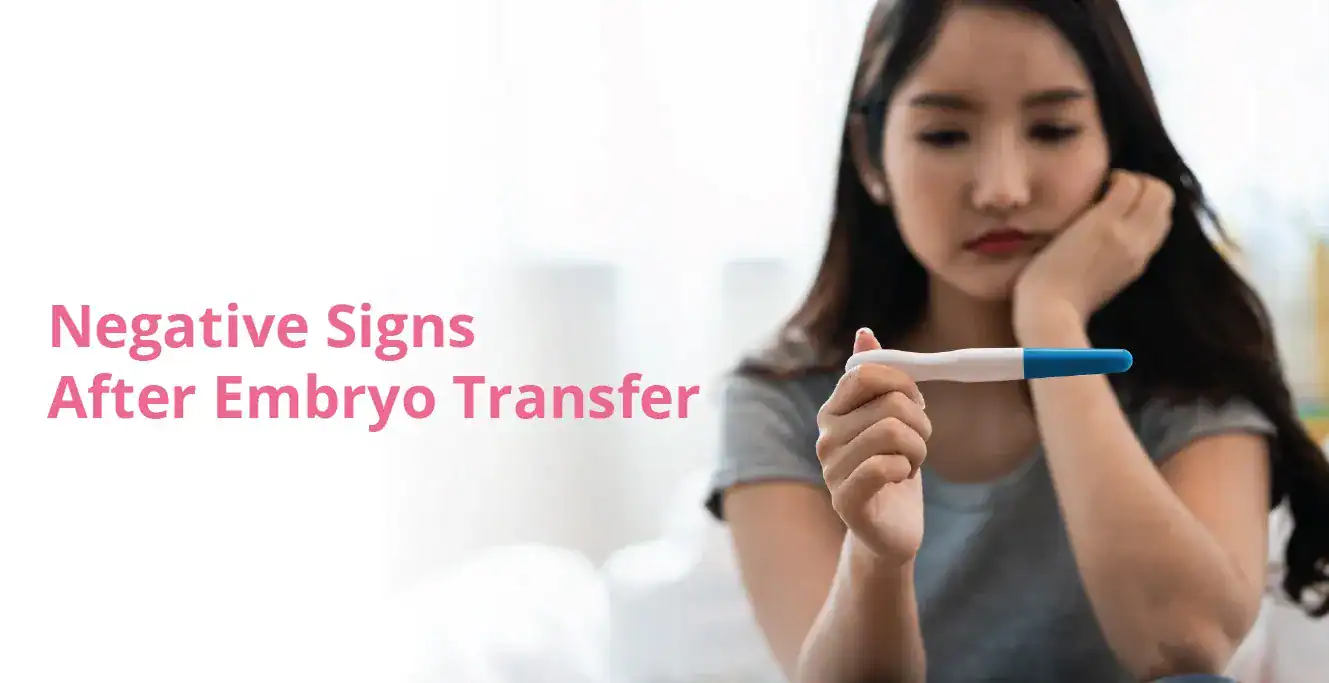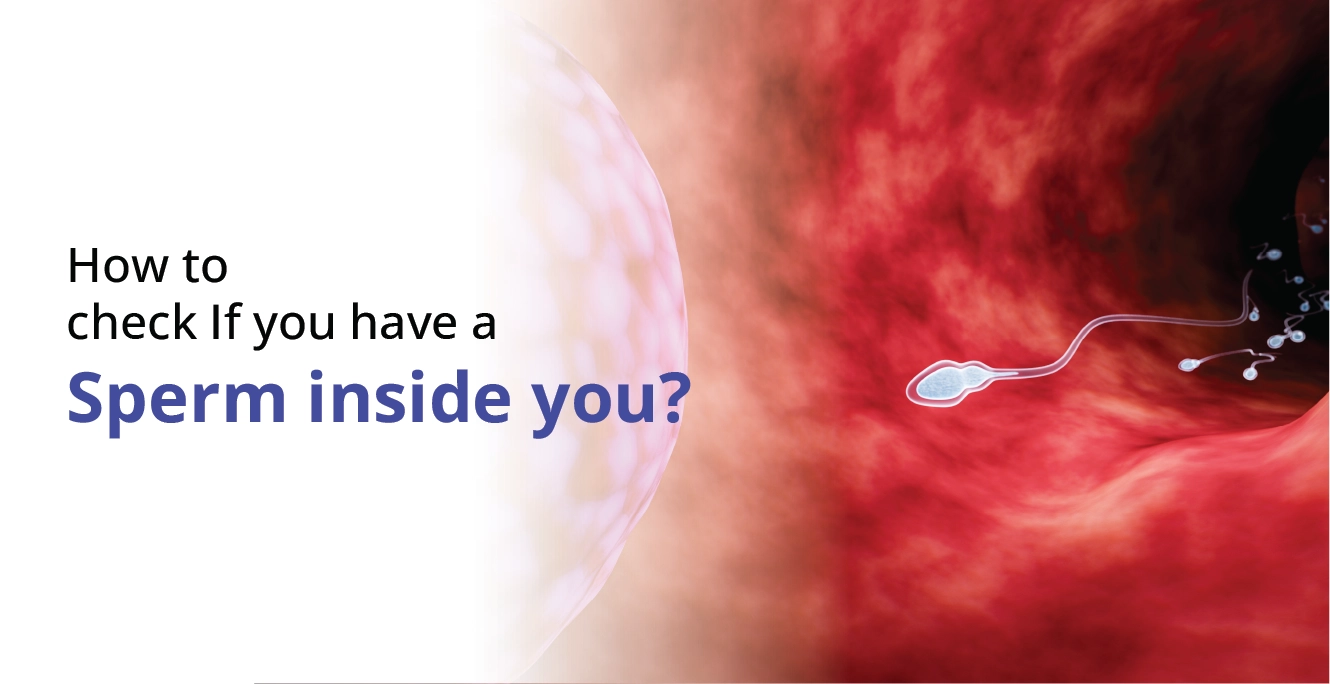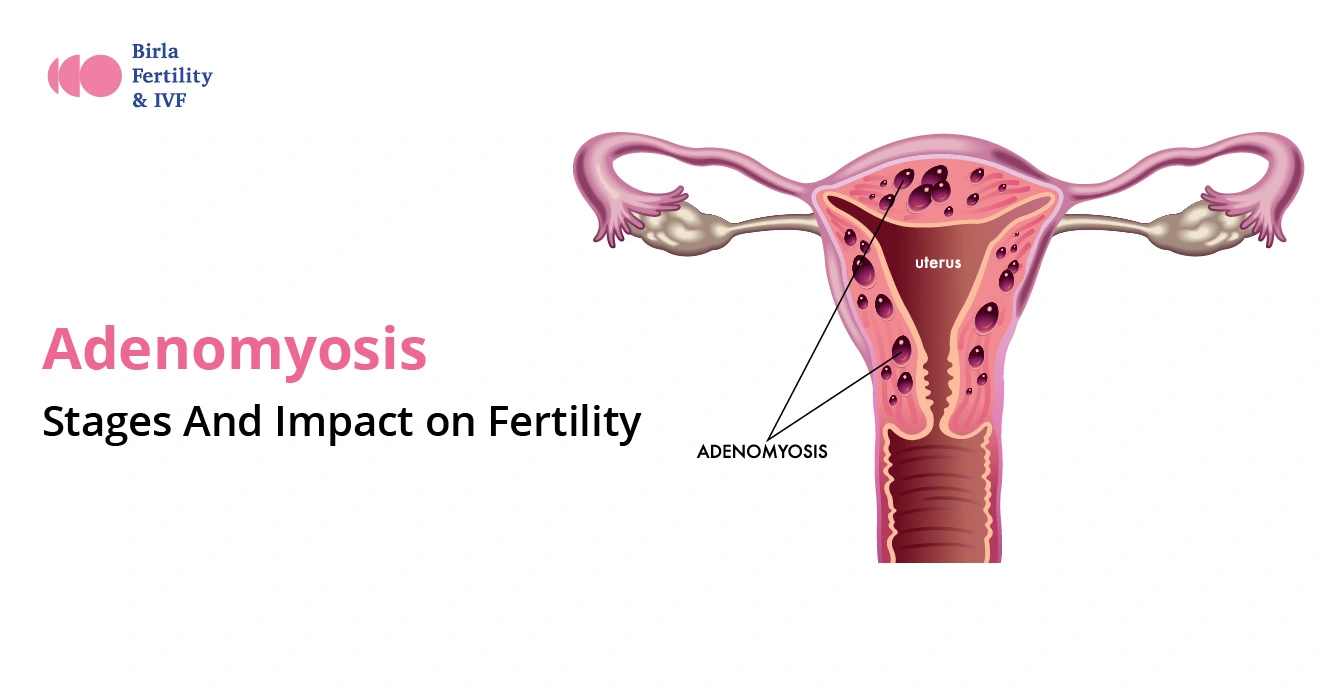
Uterine Septum: Symptoms, Causes, and Treatment

Table of Contents
A septum uterus is a congenital uterine abnormality that consists of membranous boundaries dividing the uterine cavity into two parts. The procedure used by an expert to correct the septate uterus is known as septum removal. This condition can impact your overall fertility health resulting in issues related to infertility and pregnancy.
According to research, “A septate uterus is not a leading cause of infertility. However, about 40% of individuals with a septate uterus experience reproductive challenges, obstetric complications, and a higher rate of recurrent miscarriages.”
To learn more about the septum removal treatment procedure let’s first understand about septum uterus.
What is Septum Uterus?
A septum is a membrane that divides the uterine cavity, extending into the vagina. The human uterus, shaped like an inverted pear, is a hollow organ that is divided into two cavities by this septum. It is a congenital female reproductive issue that develops within the female foetus. There are different types of septum uterus categorised based on their characteristics:
| Type of Septum Uterus | Characteristics |
| Complete Uterine Septum | Divides the uterus into two separate cavities from top to bottom. |
| Partial Uterine Septum | Partially divides the uterus, creating a smaller division within the cavity |
| Arcuate Uterus | Less severe form where the top of the uterus has a slight indentation |
Septum Uterus Symptoms
A uterine septum shows no symptoms until the point a woman is set to conceive. Thus, you must visit a gynaecologist if you have experienced the following:
- Frequent miscarriages and difficulty in getting pregnant
- Painful menstruation (dysmenorrhea)
- Lower-back spasm (pelvic pain)
- Abnormal uterine bleeding
- Infertility
Although a uterine septum does not prevent natural conception, it often leads to miscarriages due to implantation issues. If a pregnancy does occur, complications are common, requiring interventions that can hinder a natural birth.
Septate Uterus Causes
- The septate uterus is a congenital condition; it can’t be acquired. You experience this only when you are born with it.
- The uterus is formed in your body by the fusion of the Mullerian ducts when you are a foetus still developing in the womb.
- When the Mullerian Ducts encounter a problem in fusing properly, they fail to form a single uterine cavity, resulting instead in two cavities (each formed by one duct) with the tissue wall running along the middle.
- As the baby grows, the tissues become more developed and may become thicker or thinner as the baby gets older. This condition is a congenital abnormality; it cannot be developed or acquired during the course of your life.
- If you experience symptoms hinting at a septate uterus, consider seeing a medical professional for good advice and a sound diagnosis.
Septate Uterus Diagnosis
When you visit a gynaecologist, they may ask you a few questions before performing a scan. Later, they begin with a pelvic exam (a physical examination would not be fruitful if the septum has not extended to the vagina). The doctor will advise a few imaging tests to detect the severity of the septate uterus:
- 2D USG scan
- MRI scan
- Hysteroscopy (if necessary)
Septate Uterus Treatment Options
Hysteroscopic metroplasty is a minimally invasive procedure used to remove the uterine septum. Your doctor will insert surgical instruments into your body through the cervix and remove the septum. The procedure takes about one hour to complete and usually increases your chances of a successful pregnancy by about 65%. Once the septum is removed, your body won’t regenerate it.
What is Uterine Septum Removal Surgery?
Let’s understand in detail the surgical process to remove the uterine septum.
Uterine septum removal surgery can successfully treat and remove this membranous tissue, fixing the infertility issues. However, most women only learn about it when undergoing gynaecological observation in the event of pregnancy failure.
Fertility specialists suggest that women born with a uterus septum must have it removed before conceiving to prevent additional pregnancy complications. The correct technique is determined by the expert after a thorough diagnosis; however, there are three different surgical methods to fix the septum uterus:
- Hysteroscopic Septum Resection: This minimally invasive procedure is performed through the cervix using a hysteroscope to remove the vaginal septum.
- Laparoscopic Metroplasty: During this procedure, the vaginal septum is removed using small incisions in the abdomen and laparoscopic instruments.
- Laparotomy: In rare cases, a more invasive approach is advised where the uterus is accessed through a larger abdominal incision to remove the vaginal septum.
What happens after Septum Removal Surgery?
- Post-operative care is crucial to ease the pain after uterine septum removal, ensuring gradual healing.
- While you can resume usual business within a few days after the operation, it may take a couple of weeks for complete recovery.
- Your doctor may prescribe you a few medications to support the healing process. Also, the expert suggests abstaining from sex for a month or two to avoid complications.
Outcomes of Septum Removal Surgery
After uterine septum removal, women with pre-existing conditions experienced the following outcomes:
- Decreased dysmenorrhea cases
- Reduced abdominal pain related to the uterine septum
- Improved ability to conceive naturally
- Fewer occurrences of miscarriage
How does a Septum Uterus affect pregnancy?
The septum uterus is usually asymptomatic and does not bother unless a woman is pregnant. A woman affected by a vaginal septum may experience some complications during pregnancy. Some of the common complications are-
- Increased Risk of Miscarriage: The septum can interfere with implantation or blood flow, leading to a higher risk of miscarriage.
- Malpresentation of baby: The septum may cause the baby to be in a breech or abnormal position, affecting delivery.
- Premature birth: The septum reduces the available space in the uterus for the growing fetus, which can impact the baby’s development and lead to early delivery with lower birth weight
- Infertility: It can hinder conception or implantation, leading to difficulties in getting pregnant
Conclusion
An underlying uterine septum causes more than just physical trauma when you are failing to conceive or are getting frequent miscarriages. While it is silent enough to be mistaken for just another painful menstruation, getting regular gynaecological check-ups can prevent such painful experiences. Besides, most women have reported successful pregnancies after septum removal surgery. If you are diagnosed with septum uterus and looking for effective treatment to plan conception, call us to speak to our fertility specialist.
Our Fertility Specialists
Related Blogs
To know more
Birla Fertility & IVF aims at transforming the future of fertility globally, through outstanding clinical outcomes, research, innovation and compassionate care.
Had an IVF Failure?
Talk to our fertility experts

 Our Centers
Our Centers











